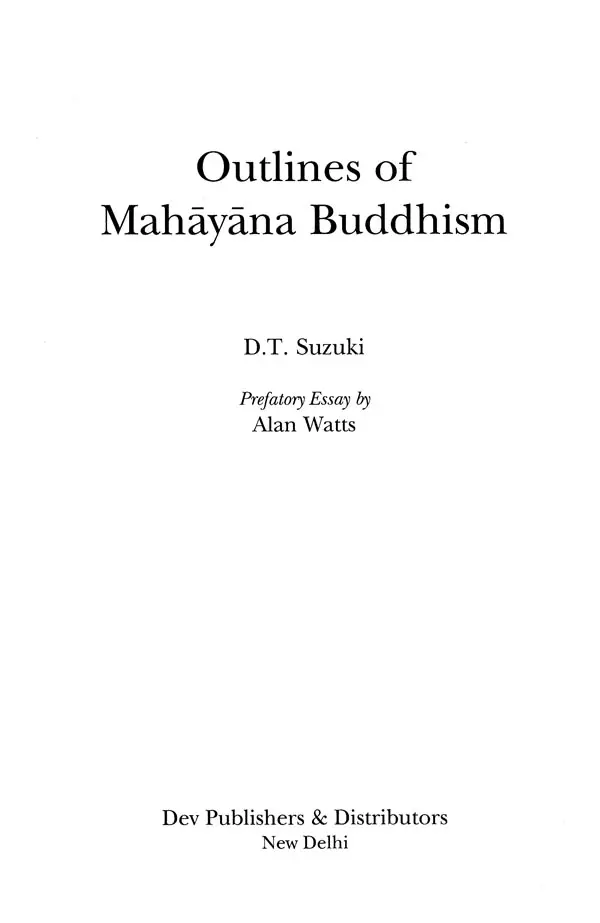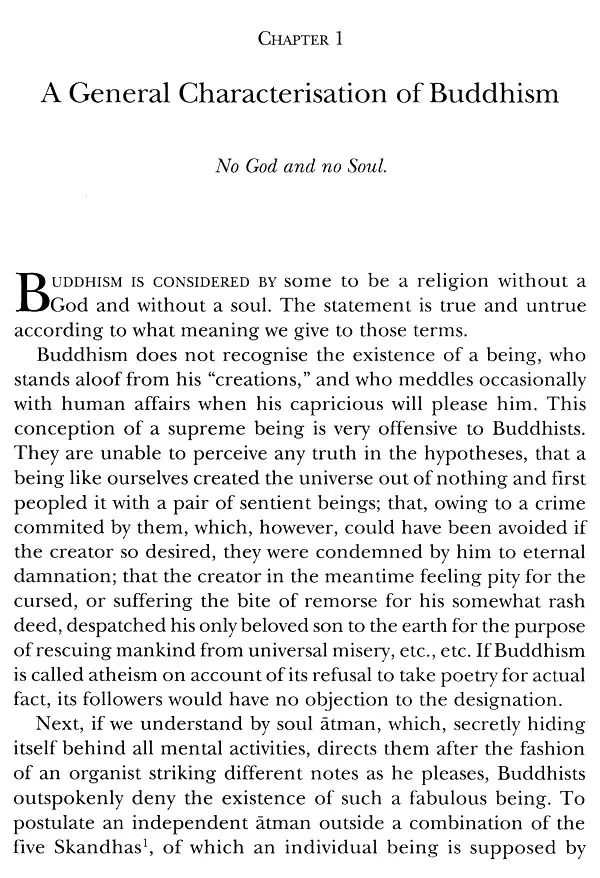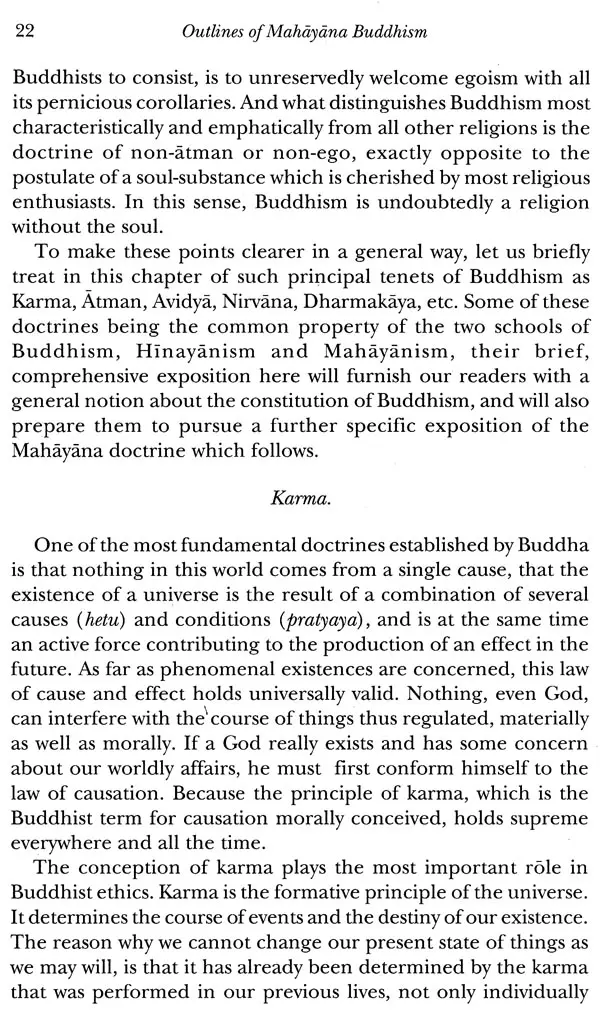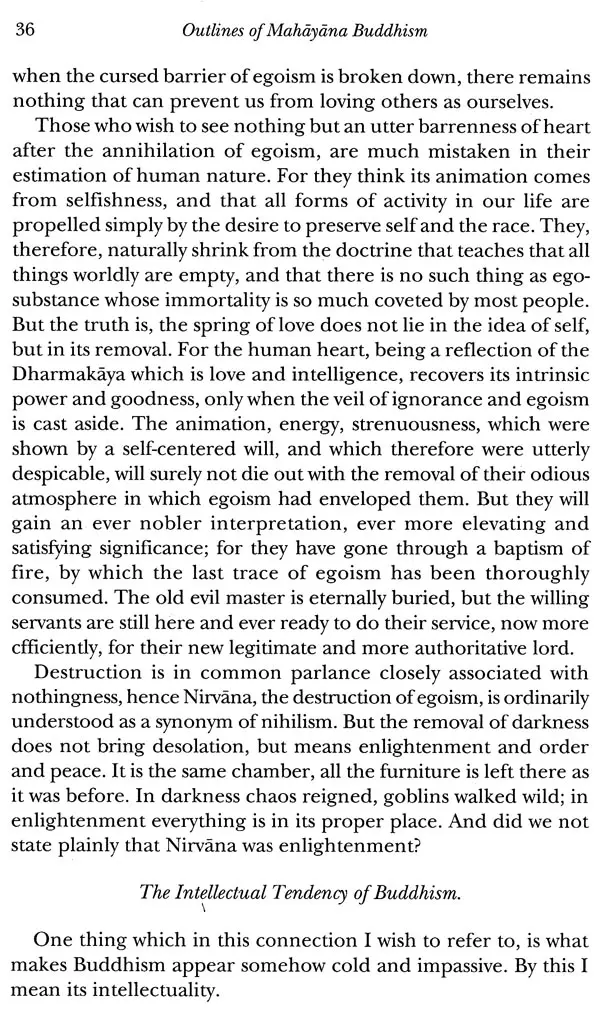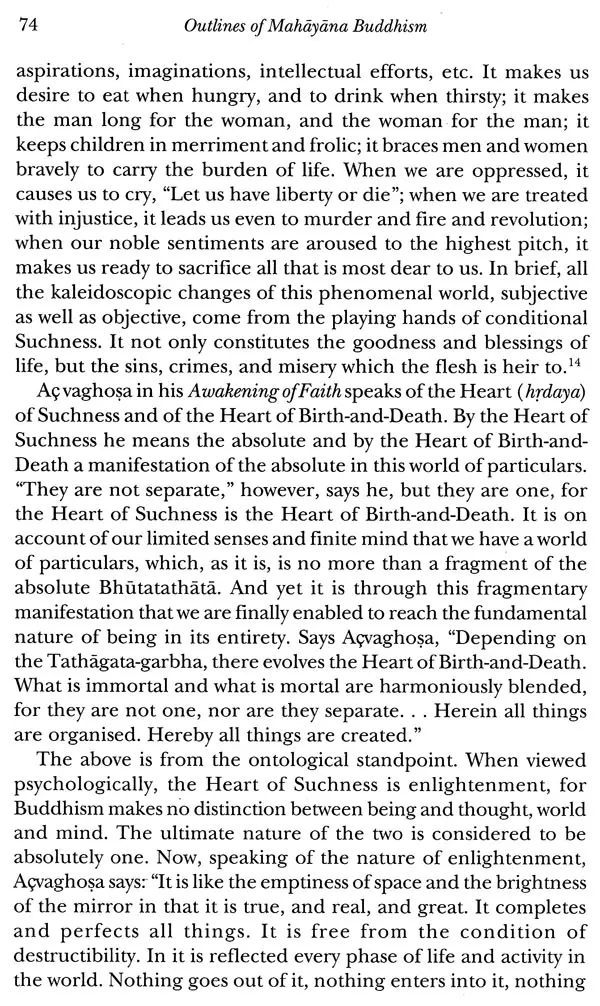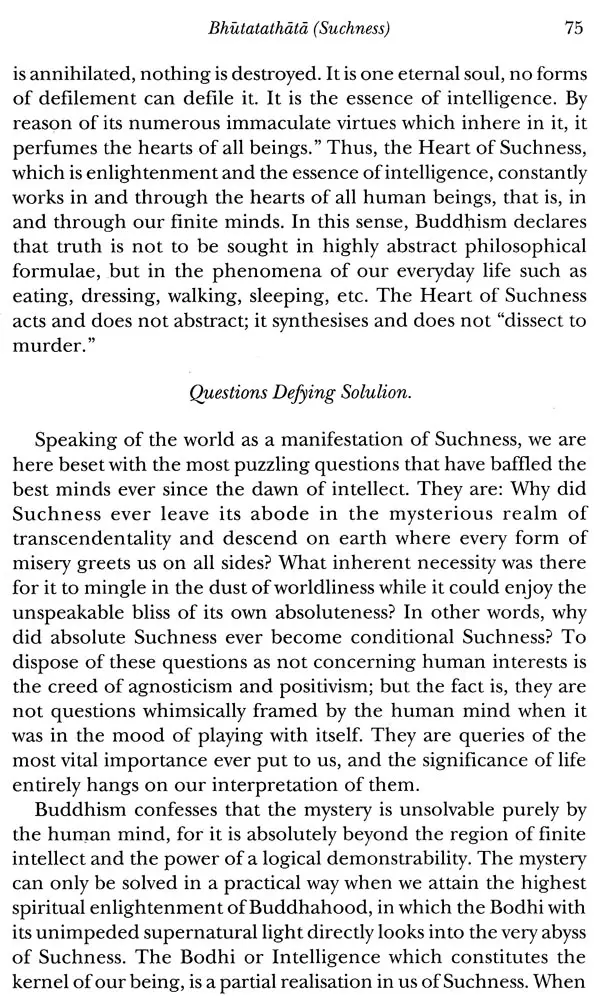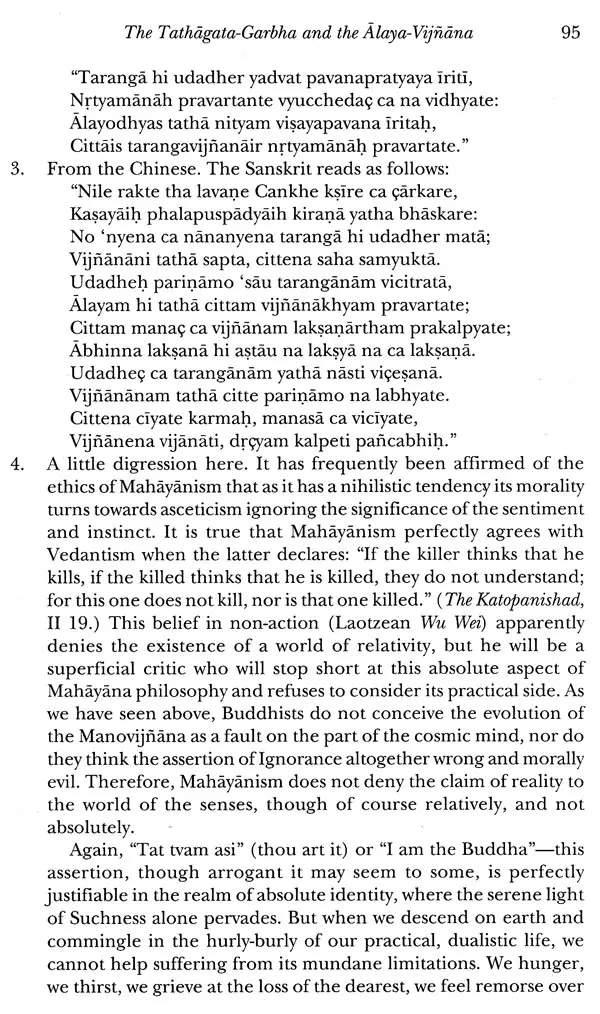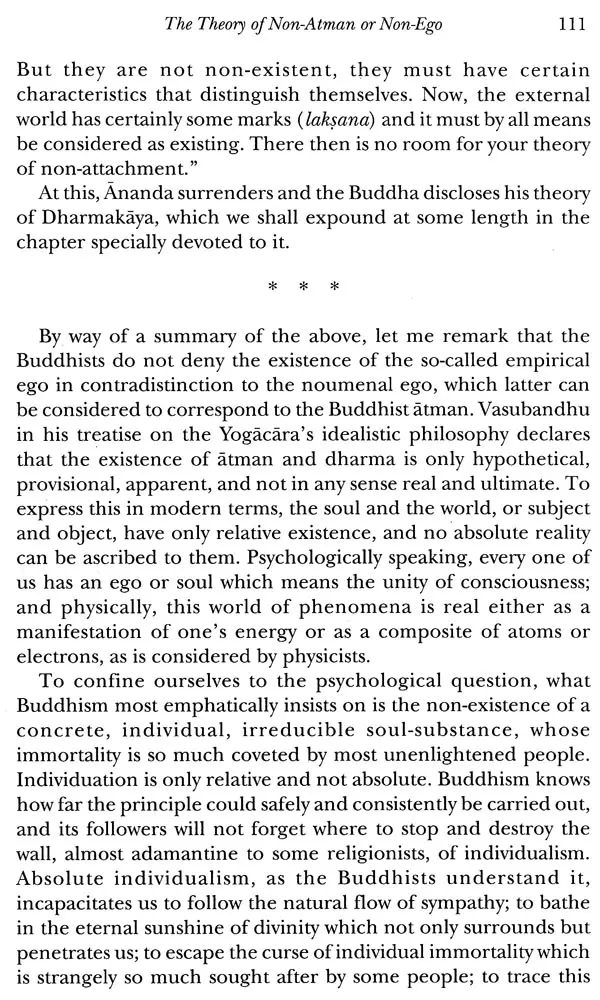
Outlines of Mahayana Buddhism
Book Specification
| Item Code: | UAQ050 |
| Author: | D.T. Suzuki |
| Publisher: | Dev Publishers and Distributors |
| Language: | English |
| Edition: | 2022 |
| ISBN: | 978938746699 |
| Pages: | 292 |
| Cover: | PAPERBACK |
| Other Details | 8.50 X 5.50 inch |
| Weight | 330 gm |
Book Description
The Outlines of Mahayana Buddhism by Dr. Suzuki is one of the best introductory textbooks for the Mahayana School of Buddhism. Being an introductory text, author tries to be as complete as possible in the limited space. The book is written in a clear, transparent and easy to read style and attempts to present the most intricate and complex philosophical teachings of the Mahayana in a way that the average reader can understand.
Daisetsu Teitaro Suzuki was a well known Buddhist scholar, known for his important publications on Zen Buddhism. He was a professor at Otani University, Japan. He was nominated for the Nobel Peace Prize in 1963.
THE TERMS "MAHAYANA" AND "HINAYANA" may sound unfamiliar to most of our readers, perhaps even to those who have devoted some time to the study of Buddhism. They have hitherto been induced to believe that there is but one form of Buddhism, and that there exists no such distinction as Mahayanism and Hinayanism. But, as a matter of fact, there are diverse schools in Buddhism just as in other religious systems. It is said that, within a few hundred years after the demise of Buddha, there were more than twenty different schools,' all claiming to be the orthodox teaching of their master. These, however, seem to have vanished into insignificance one after another, when there arose a new school quite different in its general constitution from its predecessors, but far more important in its significance as a religious movement. This new school or rather system made itself so prominent in the meantime as to stand distinctly alone from all the other schools, which later became a class by itself. Essentially, it taught everything that was considered to be Buddhistic, but it was very comprehensive in its principle and method and scope. And, by reason of this, Buddhism was now split into two great systems, Mahayanism and Hinayanism, the latter indiscriminately including all the minor schools which preceded Mahayanism in their formal establishment.
**Contents and Sample Pages**
